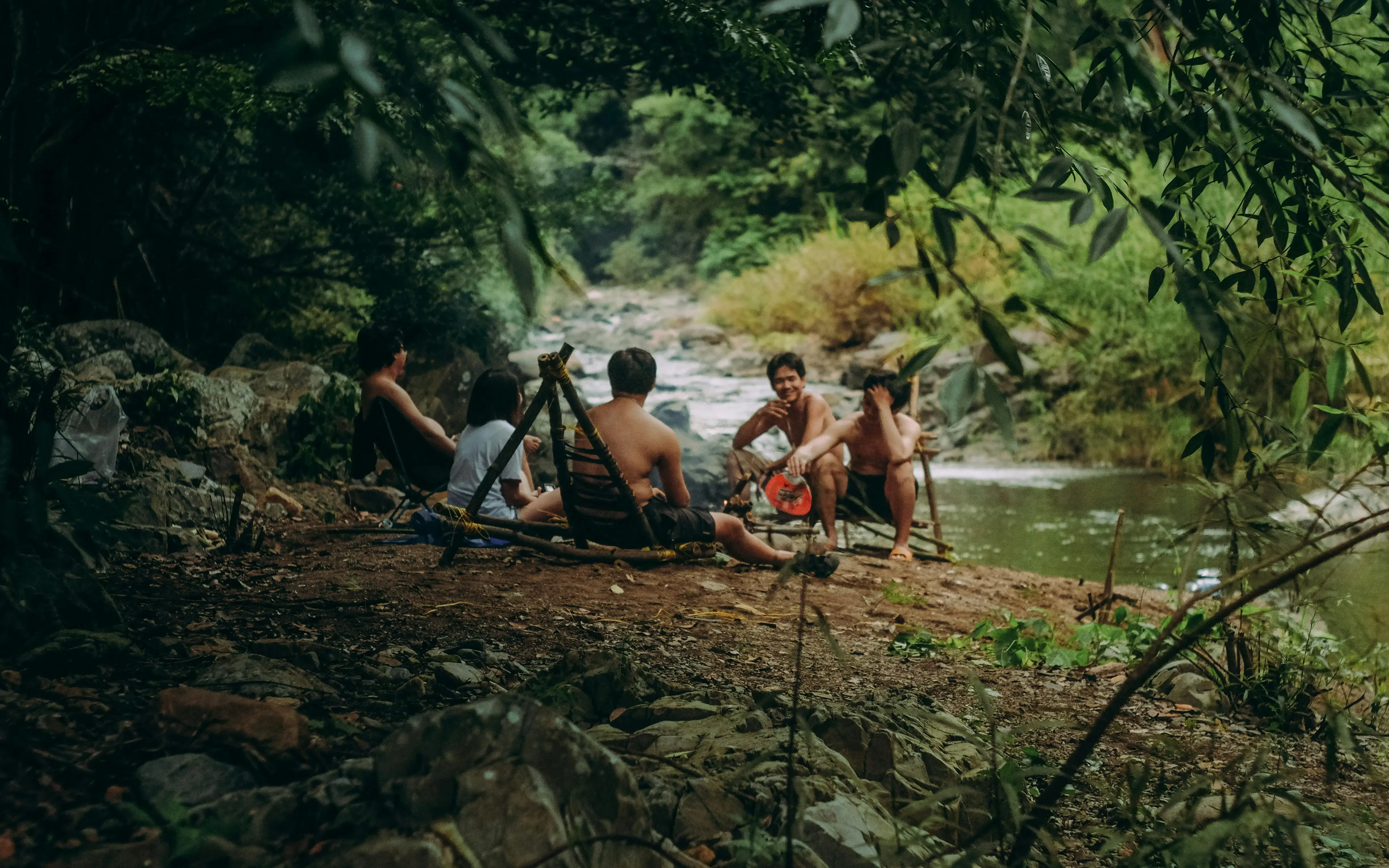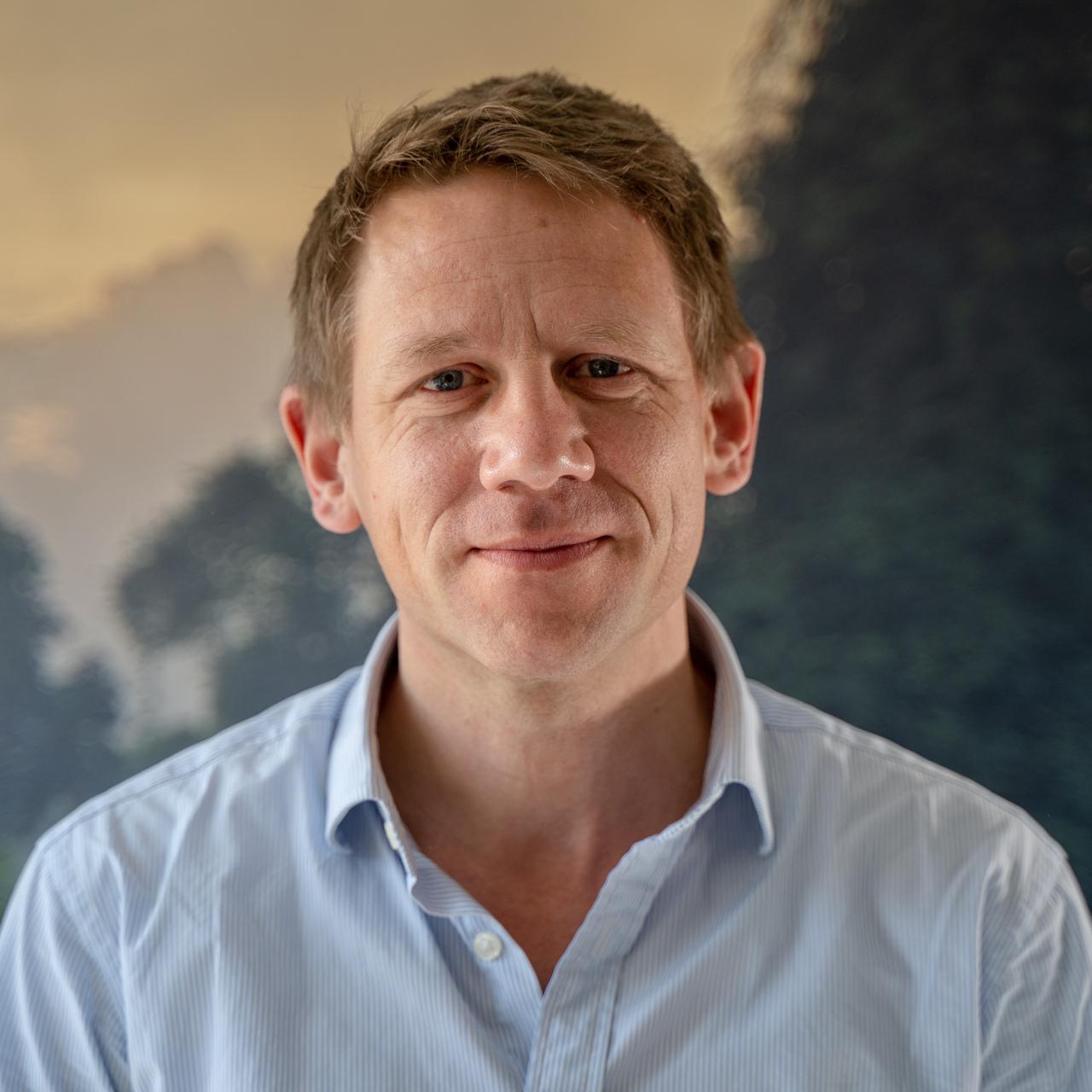
To solve the climate and nature crises, we must protect large, contiguous rainforest areas in partnership with Indigenous Peoples and Local Communities.
We are at a pivotal moment, and it’s as simple and frightening as this: The climate will not stabilize, and the loss of nature will not be stopped unless rainforests are protected. All forests are important, yet some are more important than others. And here’s why.
Size matters. Large, contiguous, intact forest landscapes are crucial for upholding Earth’s life-support systems, such as climate regulation, production and distribution of rainfall, maintenance of biological diversity, and removing CO2 from the atmosphere.
Yet, high-integrity forests declined by 12% between 2000 and 2020.
They are increasingly threatened by fragmentation, encroachment, and degradation. At the same time, transformative work is happening right now in the Amazon and Central Africa.
Two stories of hope, action, and impact
I want to share two unique initiatives led by the Rainforest Foundation Norway and our Indigenous partners—stories of hope, action, and impact. They showcase what we can achieve when working together with Indigenous Peoples and Local Communities as agents of change.
Let me take you into the Amazon, at the Peru-Brazil border, where we collaborate with Indigenous organisations and communities to protect some of the largest areas of contiguous rainforest.
Here are the two largest areas worldwide where groups of Indigenous Peoples live in voluntary isolation from the outside world. Combined, these two areas make up 5% of the entire Amazon—an area larger than the UK consisting of almost entirely intact rainforest.
They harbour a richer biodiversity than most other places on earth and store more carbon than five times US annual emissions. If fully resourced and recognized, these two territorial corridors alone would represent 0.6% of the global 30x30 target of the Convention on Biodiversity.
Yet, both areas are under increasing pressure from legal and illegal activities such as logging, extractive industries, and road building. These unique Indigenous societies' presence is why these forests are still standing, virtually untouched.
Securing their human rights and land rights is what will preserve these forests.
In solidarity with the isolated Indigenous Peoples, Brazilian and Peruvian Indigenous organizations have joined forces with us in this pioneering protection initiative.
At the core is the involvement of hundreds of local communities forming a buffer zone around these corridors. As one of their leaders told me:
“We are protecting our brothers and sisters. Even though they may not be aware of it.”
In Central Africa, the world’s second-largest rainforest is being mapped and managed by Indigenous Peoples with knowledge passed down for over 100,000 years.
Until recently, little was known about the extent of these Indigenous Peoples’ territories in the DRC. This knowledge gap, combined with a complete lack of official acknowledgement of Indigenous Peoples in DRC, prevented progress in the recognition of their tenure rights.
Following the major victory of the 2022 Law for Indigenous Peoples’ land rights, together with the Indigenous representative organisation DGPA and allies, Rainforest Foundation Norway developed a strategy for the legal recognition and sustainable management of more than 240 000 km2 of contiguous rainforest—an area the size of the UK.
This may be the singularly most significant contribution to securing the protection and interconnectivity of the great Central African rainforest.
More direct funding to Indigenous Peoples and Local Communities
Our 2021 report "Falling Short" highlighted a critical gap; less than 1% of climate funds reach Indigenous Peoples and Local Communities. In response, we are pioneering new funding mechanisms.
The 2021 United Nations Climate Change Conference in Glasgow marked a breakthrough in the political recognition of Indigenous Peoples and Local Communities. The conference vowed to increase financial support, both through public and philanthropic pledges.
Increasingly, Indigenous-led funds and funding mechanisms are now being developed. The Global Alliance of Territorial Communities has launched the Shandia Vision, focusing on Indigenous Peoples’ and Local Communities’ access to direct funding.
Getting back to size
The two examples I gave earlier illustrate well how Indigenous Peoples’ traditional stewardship and holistic understanding of natural landscapes are conducive to protecting large, connected biomes.
Habitat fragmentation is one of the significant threats to biodiversity. In forests, it can reduce biodiversity by up to 75 %, depending on the size of the fragments.
Our planet's ability to provide ecosystem services is directly linked to the spatial connectivity of natural landscapes. Large, connected biomes enable the natural processes of migration, gene flow, adaptation, and water and nutrient recycling.
All this contributes to genetic variability, climate stability, and resilience to environmental change. Therefore, climate and biodiversity goals can only be achieved if protection focuses on the integral management of vast contiguous natural landscapes and on restoring ecosystem connectivity where it has been lost.
To return to the beginning, we have long known that we need to protect the remaining rainforests to stabilize the climate and halt the loss of nature and biodiversity.
Now, we also know that forests need to be protected at the landscape level—size, contiguity, and connectivity are essential to the preservation of rainforests, which can then provide vital ecosystem services and mitigate climate change.
Through their traditional stewardship, many Indigenous Peoples preserve and protect rainforests at the vast landscape level that is necessary.
We focus specifically on this intimate connection between extensive contiguous natural landscapes, biodiversity preservation, climate change mitigation, and the knowledge and practices of Indigenous Peoples.
This understanding must be embedded in the national biodiversity plans currently being developed ahead of COP16 in Colombia later this year. It means safeguarding rainforests in their entirety. It is impossible to halt biodiversity loss by conserving rainforests or other highly productive landscapes in bits and pieces.
I therefore urge policymakers, leaders, donors and experts to take Indigenous-led initiatives to scale and do the following:
One: Increase funding to Indigenous-led initiatives.
Two: Recognize and strengthen Indigenous tenure rights.
Three: Prioritize large and connected landscapes.
The well-being of our planet and humankind depends on it.



Add new comment